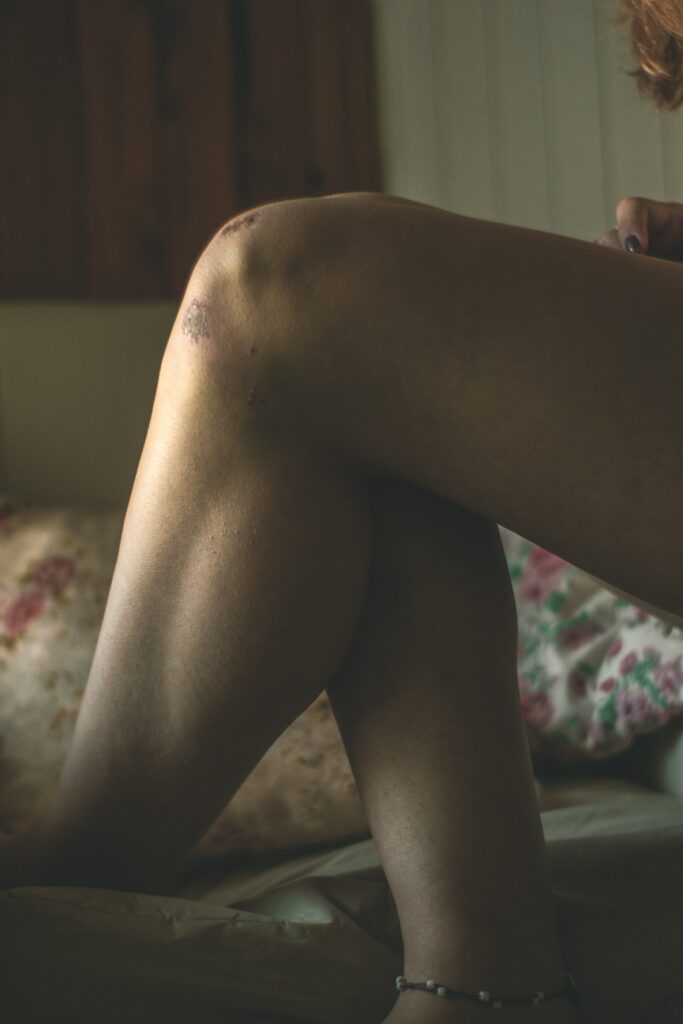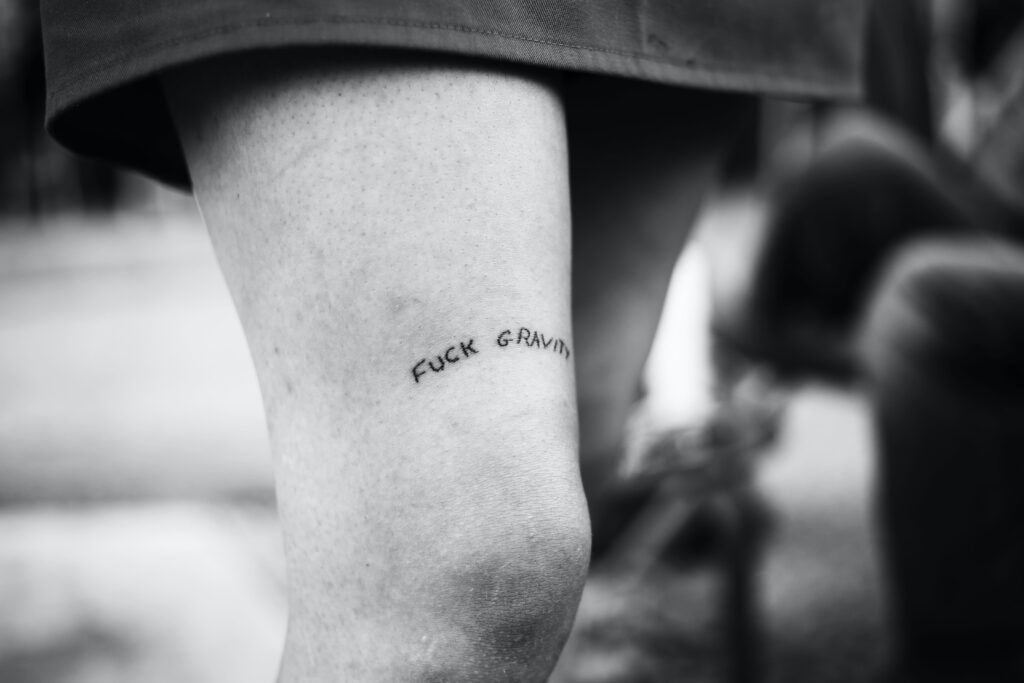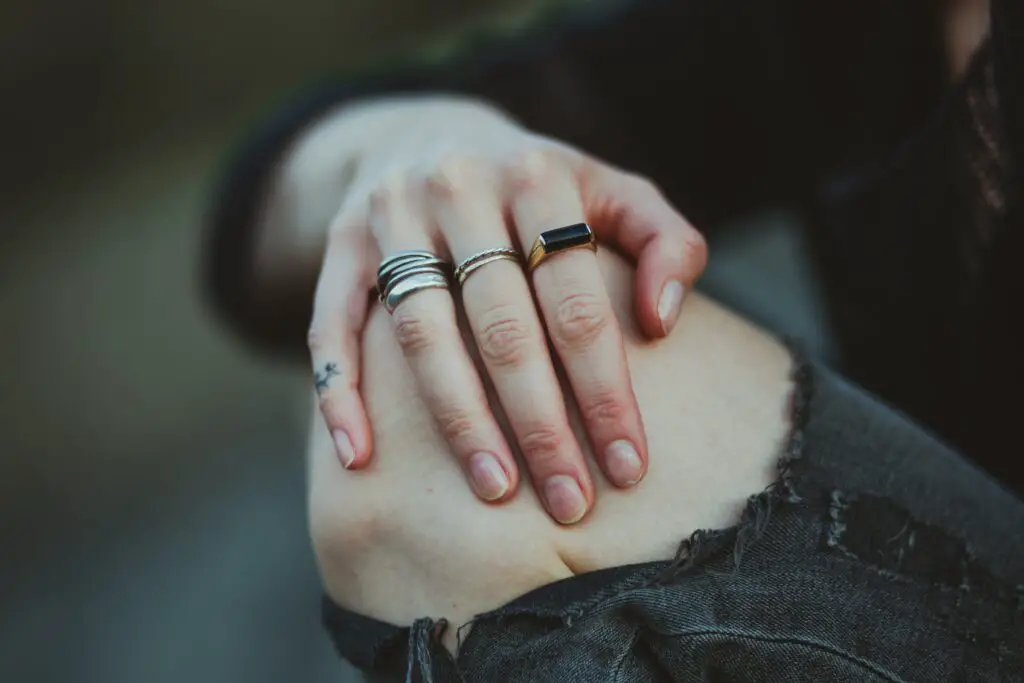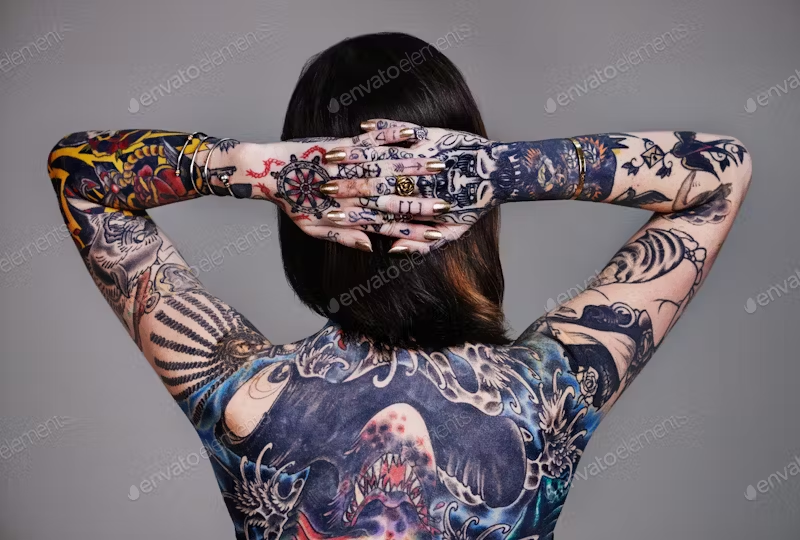Tattoos above the knee pose a unique challenge due to the sensitivity and thinness of the skin in this area. As individuals consider adorning their knees with ink, it becomes crucial to comprehend the nuances of the associated pain. The thin and sensitive skin around the knee, coupled with the presence of bones, contributes to a potentially more intense tattooing experience.
Question: above the knee tattoo pain?

Recognizing the significance of understanding and preparing for this specific type of pain is paramount. Tattoo pain is subjective, varying from person to person, but certain areas, like the knee, are widely acknowledged for their discomfort during the tattooing process. Preparation involves not only mental readiness but also practical considerations, such as clothing choices and pain management techniques.
In this exploration of above the knee tattoo pain, we delve into various sources to provide insights into the factors influencing pain perception, effective pain management strategies, and real-life experiences shared by individuals who have undergone knee tattooing. By gaining a comprehensive understanding of what to expect and how to prepare, enthusiasts can approach the journey of getting an above the knee tattoo with informed confidence.
Contents
The Allure of Knaee Tattoos
Knee tattoos have gained popularity for their unique charm and the opportunity they provide to showcase one’s personality through intricate designs. Here’s a brief insight into the allure of knee tattoos:
Diverse Designs: Knee tattoos offer a canvas for diverse and creative designs. From elegant butterflies to bold geometric patterns, the options are extensive, allowing individuals to express their individuality and creativity.
Prominence of Placement: The knee’s prominent location allows for eye-catching designs that can be easily visible or strategically concealed. This visibility adds to the allure, making knee tattoos a statement piece.
Intricacy and Detail: The rounded shape of the knee lends itself well to intricate and detailed designs. Artists can capitalize on the contours, creating visually stunning and personalized artwork.
Symbolic Meanings: Many knee tattoos carry symbolic meanings. For example, a butterfly design may symbolize transformation, adding depth and significance to the aesthetic appeal.
Trending Styles: Watercolor tattoos and abstract designs are currently trending for knee tattoos. These styles not only enhance the aesthetic appeal but also add a touch of contemporary artistry.
Pain Perception
When it comes to pain perception, getting a tattoo above the knee presents unique challenges and experiences. including insights from individuals with knee tattoos and a comparative analysis with other tattoo locations:
Knee Tattoo Pain Factors:
Proximity to Bone: The knee houses bones close to the skin, causing vibrations during tattooing, potentially leading to higher pain levels.
Individual Tolerance: Pain perception varies among individuals, influenced by factors like pain tolerance and personal sensitivity to specific body areas.
Insights from Individuals with Knee Tattoos:
Visible Impact: People with knee tattoos often report a more pronounced pain experience due to the visibility of bones and the intricacies of the knee’s anatomy.
Symbolic Meanings: Some individuals endure pain for the sake of meaningful designs, attaching significance to the artwork.
Comparative Analysis with Other Tattoo Locations:
Elbows and Kneecaps: Areas with bones close to the skin, like elbows and kneecaps, tend to be more painful due to the vibrations caused by tattooing over bone structures.
Use of Pain Reduction Techniques: Some studies explore the use of virtual reality to mitigate pain during tattoo procedures, emphasizing the importance of pain management strategies.
Factors Influencing Knee Pain During Tattooing
Tattoo pain is influenced by various factors, especially when it comes to areas like the knee. Understanding these factors can help individuals prepare for the tattooing experience:
Boney Kneecap and Surrounding Areas:
Proximity to Bone: The kneecap, being a bony structure, is particularly sensitive during tattooing due to the lack of a substantial layer of muscle or fat.
Vibrations and Discomfort: Tattooing over bones can generate vibrations that intensify pain, making the experience more challenging, especially around the kneecap.
Individual Pain Tolerance:
Subjectivity of Pain: Pain perception is highly subjective and varies from person to person. Individual pain tolerance plays a crucial role in determining how one experiences tattoo pain.

Psychological Factors: Factors like anxiety, stress, or fear can influence pain perception during the tattooing process.
Preparation and Pain Management:
Topical Anesthetics: Some individuals opt for topical anesthetics to numb the skin before the tattooing session, helping alleviate pain to a certain extent.
Positioning and Comfort: Ensuring a comfortable positioning during the tattooing process can contribute to managing pain, especially for extended sessions.
Understanding these factors allows individuals to make informed decisions about the placement of tattoos, especially in more sensitive areas like the knee. Pain management strategies and psychological preparation can significantly impact the overall tattooing experience.
Pain Management Techniques During Tattooing
Tattooing can be a painful experience, but there are several techniques to help manage and minimize discomfort during the process:
Choose Less Painful Areas:
Consider Tattoo Placement: Some body parts are more sensitive than others. Choosing less painful areas, such as the outer forearm or calf, can make the experience more bearable.
Stay Hydrated and Well-Rested:
Optimal Physical Condition: Ensure you are well-hydrated and well-rested before your tattoo session. Dehydration and fatigue can heighten pain sensitivity.
Topical Anesthetics:
Numbing Creams or Sprays: Applying topical anesthetics to the tattoo area can temporarily numb the skin, reducing pain during the procedure.
Divide the Session:
Breaks for Comfort: If getting a large or intricate tattoo, consider dividing the session into smaller increments with breaks. This allows you to manage pain more effectively.
Communication with the Artist:
Open Dialogue: Communicate openly with your tattoo artist about your pain tolerance. A good artist will work with you to make the experience as comfortable as possible.
Mind Distraction Techniques:
Music or Podcasts: Bring headphones and listen to music or podcasts to divert your attention from the pain. Engaging your mind elsewhere can help minimize perceived discomfort.
Pain-Reducing Products:
Over-the-Counter Painkillers: Consult with your artist and consider taking a mild painkiller before the session to help manage pain.
Proper Aftercare:
Follow the Artist’s Instructions: Adhering to proper aftercare, including using recommended creams and avoiding irritants, ensures a faster healing process and minimizes post-tattoo discomfort.
Healing Process and Aftercare for Above the Knee Tattoos
Proper aftercare for above the knee tattoos is crucial for a successful healing process. Here are key considerations and tips to ensure a smooth and comfortable recovery:
Importance of Aftercare:
Minimize Infections: Above the knee tattoos are prone to friction and movement, making them susceptible to infections. Adequate aftercare minimizes this risk and promotes optimal healing.
Preserve Tattoo Quality: Following aftercare guidelines helps preserve the vibrancy and clarity of the tattoo, preventing fading or distortion during the healing process.
Initial Aftercare Steps:
Clean with Mild Soap: Gently clean the tattooed area using mild, fragrance-free soap and lukewarm water.
Apply a Thin Layer of Ointment: Use a recommended tattoo aftercare ointment to keep the tattoo moisturized and create a protective barrier.
Avoid Irritants:
No Sun Exposure: Shield the tattoo from direct sunlight, especially during the initial healing weeks.
Avoid Submerging in Water: Refrain from soaking the tattoo in baths, hot tubs, or swimming pools to prevent bacterial infection.
Clothing Considerations:
Loose and Breathable Fabrics: Opt for loose and breathable clothing to reduce friction and allow proper airflow to the healing tattoo.
Hydration and Nutrition:
Nutrient-Rich Diet: Consume a balanced diet rich in vitamins and minerals, supporting the body’s natural healing mechanisms.
Avoid Scratching or Picking:
Hands Off: Resist the urge to scratch or pick at the tattoo.
Follow Artist’s Instructions:
Consult with the Artist: Seek guidance from your tattoo artist regarding specific aftercare instructions tailored to your above the knee tattoo.
Conclusion: above the knee tattoo pain
Above the knee tattoos come with considerations regarding pain and healing. Understanding these factors is essential for those contemplating such body art.

The pain experienced during above the knee tattoos varies based on individual pain tolerance and skin sensitivity. Factors such as the proximity to bones and nerve endings can influence the level of discomfort during the tattooing process.
Encouragement for Those Considering Above the Knee Tattoos:
Despite potential pain, above the knee tattoos offer a unique canvas for artistic expression. The allure of knee tattoos lies in their aesthetic appeal and the ability to make a bold statement. Encouragement is extended to individuals considering above the knee tattoos to embrace the process, ensuring proper aftercare for a vibrant and well-preserved outcome.
In conclusion, the decision to get an above the knee tattoo involves a balance between the potential discomfort during the process and the lasting beauty of the artwork. With proper preparation, aftercare, and a focus on the artistic outcome, individuals can embark on the journey of adorning their knees with confidence and enthusiasm.
What does a wing tattoo on the shoulder mean?




